Rules for He, She and It
There are some basic English rules for pronouns. He, She and It seem to be in a group on their own, that have their own rules. So today I’m going to share with you the rules for He, She and It as well as the other pronouns.

The basic verb “to be” tells us basic conditions of people, things, places or ideas. They can tell us someone’s age e.g. “He is seven.” They can tell us a nationality “I am South African.” Basically anything e.g. They are happy.

I am happy.
She is happy.
He is happy.
It is happy.
They are happy.
We are happy.
You are happy.
Notice that there are groups here. She/He/It is, They/We/You are.
When we want to show possession using have or has, these are the rules:

I have got a ball.
She has got a ball.
He has got a ball.
It has got a ball.
They have got a ball.
We have got a ball.
You have got a ball.
Notice that He/She/It uses has, and everyone else uses have.
Another rule for He/She/It is that you must put an -s on the verb.

I run.
She runs.
He runs.
It runs.
They run.
We run.
You run.
This becomes more complicated with different spellings e.g She watches TV (you add -es to ch, sh, zz, ss and o) and if it’s a vowel and a y you add -s and consonant and a y you get rid of the y and add -ies. The gist is that the verb must get -s for He/She/It.
All pronouns can be replaced by names but the rules still apply. The trick is to put them back into pronoun form so that you remember the rule.
e.g. Carol watches TV (She watches TV). Sarah runs a race (She runs a race). Tony is hungry (He is hungry).
I’m sure there are more pronoun rules – please share them in the comments. You can also watch this (if you are Chinese) here.
You can do a worksheet here:

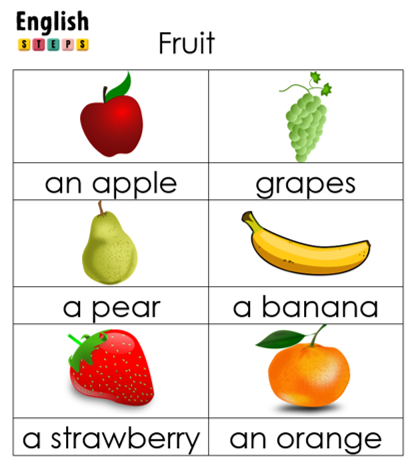
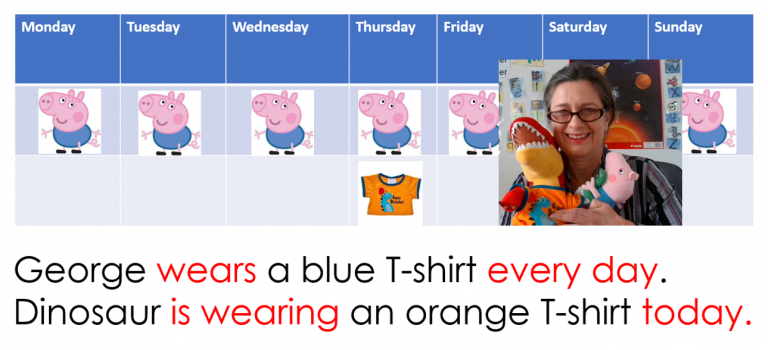
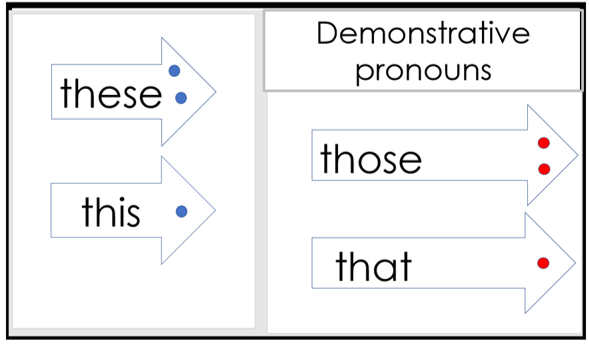
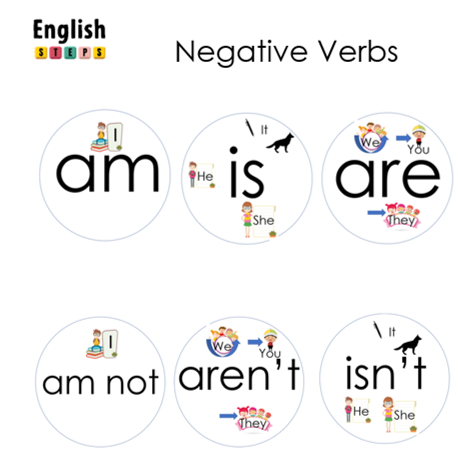
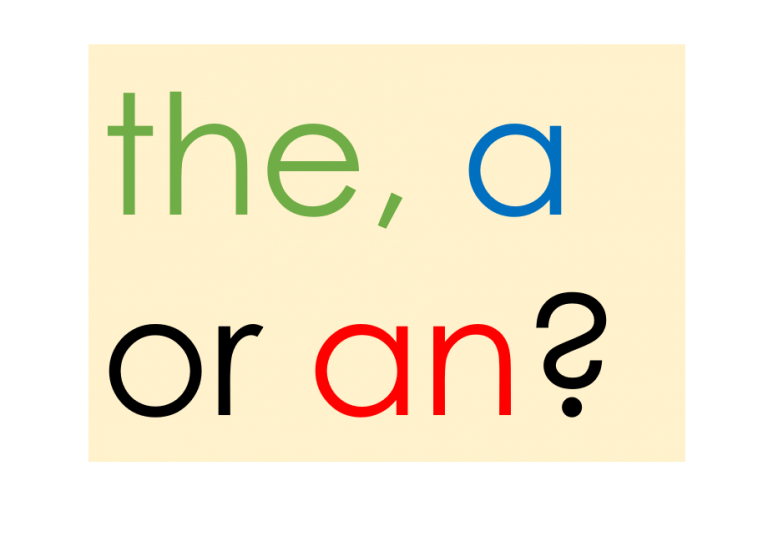

One Comment